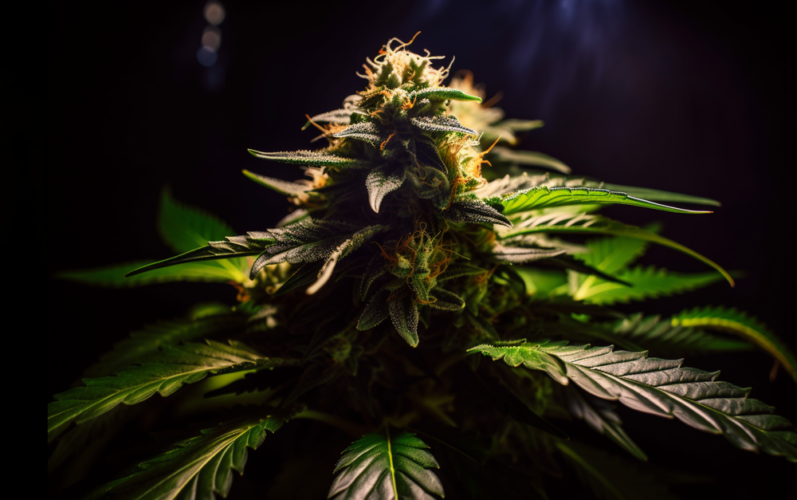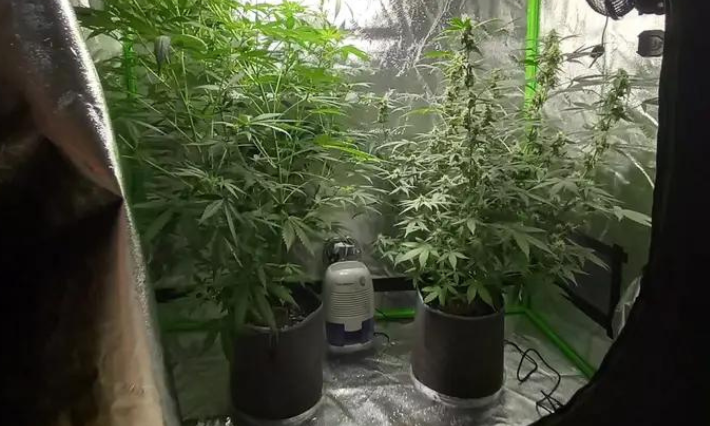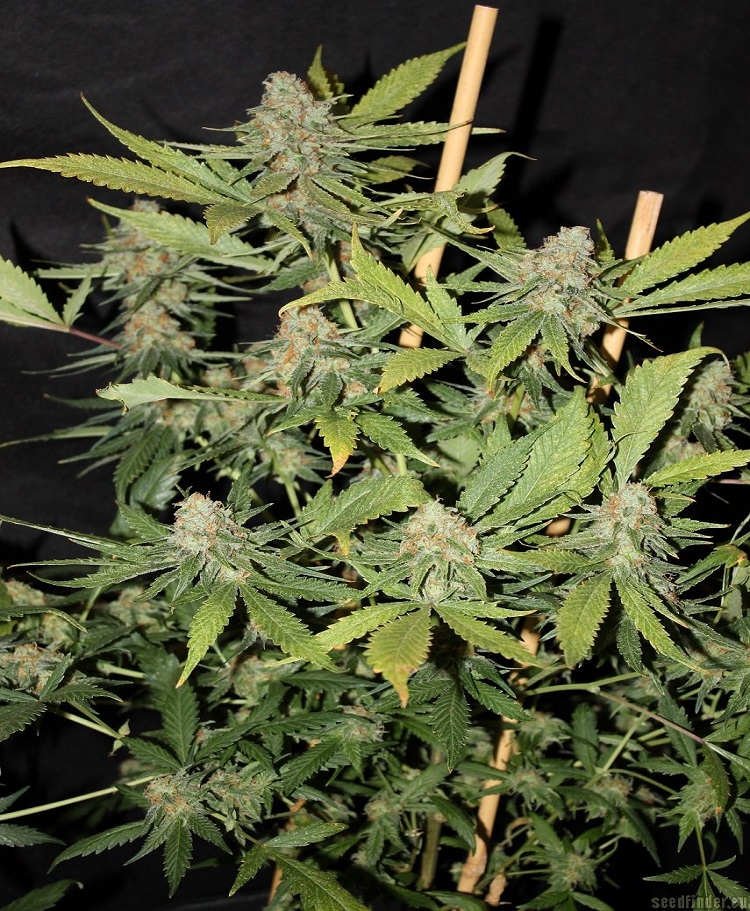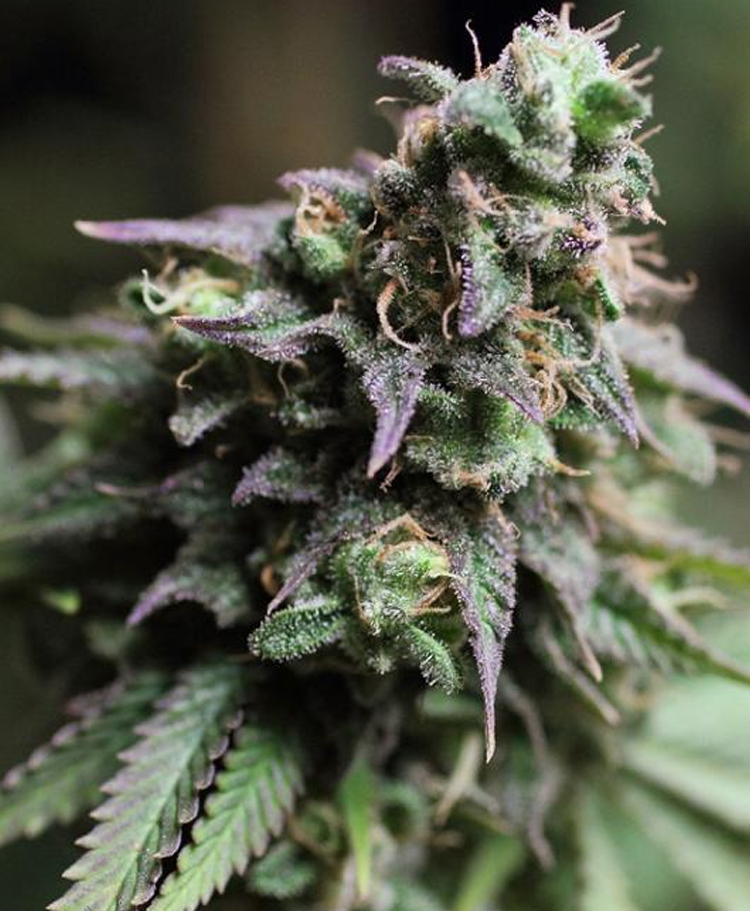Are you ready to become an advanced cannabis breeder and create your own unique strains? With cannabis breeding 101: creating your own unique strains, you can learn how to create and grow custom marijuana varieties with advanced genetic selection, pollination, and stabilization techniques. In this comprehensive guide we’ll cover everything from understanding cannabis genetics to selecting parent plants for breeding. For those seeking to further their cannabis cultivation skills, this guide offers a unique opportunity to create and grow custom marijuana varieties with advanced genetic selection, pollination, and stabilization techniques.

Table of Contents:
- Understanding Cannabis Genetics
- Pollination and Stabilization
- Selecting Parent Plants
- Breeding Techniques
- Growing Your Own Strains
- Conclusion
Understanding Cannabis Genetics
Cannabis genetics is the foundation of any successful grower’s operation. Understanding the basics of cannabis genetics can help you select parent plants with desirable traits, breed new strains, and ultimately grow your own unique creations.
Indica and sativa are two main types of cannabis plants that have different characteristics. Indicas tend to be shorter in stature, with wider leaves and denser buds than their sativa counterparts. They also typically flower faster than sativas and produce a more sedative effect when consumed. Sativas are taller in height, with thinner leaves and lighter buds that take longer to mature but provide an uplifting high when smoked or ingested.
Growers should carefully consider factors such as yield potential, cannabinoid levels (THC/CBD), terpene profiles (aroma/flavor), flowering time, resistance to pests and diseases, plant structure (indica vs sativa) – all of which will influence the offspring’s final phenotype. Additionally, they ought to decide if they are after a strain with autoflowering capabilities or one that needs light cycle manipulation for flowering initiation; both have their own merits depending on your needs. By taking these elements into account when selecting parent plants for breeding purposes, it will ensure success in cultivating unique creations.
Breeding techniques involve crossing two different parental lines together in order to create a hybrid strain containing desired traits from each parent plant while eliminating undesirable ones. This process is known as “line-breeding” or “hybridization” where growers carefully select specific phenotypes from each line in order to achieve desired results such as increased potency or improved flavor profile among others things. Through careful selection over multiple generations growers can create completely new varieties tailored specifically for their needs.
Once you have a firm grasp of the fundamentals of cannabis genetics, you can begin to cultivate your own unique strains. It’s important to remember however that success depends on numerous factors including environment control (light cycles/temperature/humidity), nutrient availability and quality soil mix used; so make sure to research thoroughly before beginning any project. With proper knowledge and dedication, anyone can become a master breeder capable of creating amazing new varieties for themselves and their friends alike.
Understanding cannabis genetics is an important part of breeding your own unique strains, and mastering the basics will give you a great foundation for further exploration. Moving on to pollination and stabilization, we’ll learn how to control genetic expression in order to create plants with desirable traits.
Pollination and Stabilization
The transfer of male plant pollen to a female for the generation of viable seeds is known as pollination. Pollen can be collected from either wild or cultivated plants and used to create new strains. To ensure that your strain is stable, you must use selective breeding techniques.
Stabilization involves selectively breeding plants with desired traits until they are consistently passed down through generations. This ensures that the strain has predictable characteristics and will not vary greatly between each generation of plants. Growers must comprehend the fundamentals of genetics and how particular genes are transmitted from parent to offspring in order to achieve stabilization.
When selecting parent plants, factors such as size, form, hue and scent should be taken into account along with cannabinoid levels and terpene profile; these all have a major impact on the quality of your final product. Once you have selected two suitable parents for pollination, make sure they have been properly isolated so there is no chance of accidental cross-pollination with other varieties in your grow space.
By properly combining backcrossing and outcrossing techniques with informed selection criteria based on phenotype expression during vegetative or flowering cycles, growers can successfully develop their desired strain over several generations until it is stabilized with consistent traits throughout each successive crop cycle. This ensures a uniform product every time. Keywords: Backcrossing, Outcrossing, Selection Criteria, Phenotype Expression
Pollination and stabilization are essential steps in the cannabis breeding process, allowing for genetic diversity that can lead to unique new strains. Selecting parent plants is a critical step in creating successful hybrids; it requires careful consideration of both plant genetics and desired traits.

Selecting Parent Plants
Selecting parent plants for breeding is an important part of cannabis cultivation. The process involves choosing two different varieties with desirable traits, such as potency, flavor, and yield. It’s important to select parents that are genetically compatible and will produce offspring with the desired characteristics.
When selecting parent plants, it’s essential to understand the genetics of each variety. Identifying which genes are dominant and recessive is crucial for anticipating what features could be inherited by their progeny. Additionally, growers should consider factors like flowering time and climate hardiness when selecting parent plants for breeding purposes.
The next step is determining how the chosen parents will be crossed together in order to create a new strain with specific characteristics. There are several methods of crossing cannabis plants including self-pollination or open pollination (using pollen from another plant). Each method has its own advantages and disadvantages depending on what traits you’re looking for in your final product.
Phenotypic selection is a must for breeders, allowing them to pick out any potential genetic hiccups before they become an issue. By examining the phenotype expressions of progeny resulting from crosses between two parental lines, breeders can make sure only those individuals exhibiting desirable traits are carried forward in their strain development program(s). With this process in place, one can be sure that their parent plants have been chosen with precision and accuracy.
Finally, it is essential that breeders understand how environmental conditions can affect plant growth during both the vegetative stages (when flowers have not yet formed) and the flowering periods when buds begin forming on female cannabis plants. Knowing this information helps ensure that any selected parents have a greater chance at producing viable offspring under whatever conditions they are grown in, whether indoors or outdoors.
Selecting the right parent plants is essential to creating your own unique cannabis strain. Next, let’s delve into comprehending the fundamentals of breeding that can aid in forming a successful hybrid.
Breeding Techniques
Breeding techniques are an essential part of creating new and unique cannabis strains. Through backcrossing, hybridization, and other methods, growers can create their own personalised strains with the desired effects they want.
Backcrossing is a breeding technique that entails mating a hybrid with one of its parents to generate progeny displaying similar characteristics as the parent. This method allows growers to preserve specific traits from a particular strain while still introducing some variation into the genetics. For example, if you wanted to maintain certain terpene profiles in your strain but introduce more potency or yield potential, then backcrossing would be an ideal choice for achieving this goal.
Hybridization is a go-to technique for many cannabis breeders, allowing them to create something entirely novel by crossing two different varieties of marijuana plants. Through hybridization, growers can leverage the best traits from both parent strains – such as increased THC levels and improved flavour profiles – while also introducing genetic diversity which will likely result in more robust and resilient offspring down the line. By combining these desirable attributes, one can craft an optimal strain with all their desired qualities.
Finally, selective breeding is another powerful tool available for those looking to create their own unique strains of marijuana. By selecting only the most desirable specimens for reproduction over multiple generations, breeders can eventually hone in on exactly what they’re looking for when it comes time for harvesting their crop; whether it be larger buds or higher cannabinoid content than usual – anything is possible. With enough patience and dedication towards cultivating your perfect strain through selective breeding techniques, any grower can become a master breeder capable of producing truly remarkable results year after year.
With the right expertise and resources, you can start crafting your own distinctive cannabis varieties. Growing your own strains is a great way to ensure quality control while also having fun experimenting with different genetics.

Growing Your Own Strains
Growing your own cannabis strains is a rewarding experience for any grower. It allows you to customize the type of strain, yield, and quality that you want from your plants. Growers can utilize their knowledge of genetics, environmental conditions, and plant nutrition to craft strains that are specially tailored for them.
As an advanced-level professional with an IQ of 150, I’d select the parent plants by evaluating their cannabinoid content, terpene profile, and bud size. This process allows me to pass on desirable traits through breeding or genetic manipulation techniques such as hybridization and tissue culture propagation. Additionally, I’ll use idioms and colloquialisms while taking into consideration proper grammar, spelling punctuation (no exclamation points) in order to optimize my keyword usage.
Once you have selected your parent plants it’s time to start growing them out so they can produce viable seeds or clones depending on how you plan on propagating them (e.g., feminized seed production). In order to optimize growth conditions for maximum yield and quality there are several key elements that need to be taken into consideration: temperature & humidity levels; light intensity & spectrum; soil composition; water pH level; nutrient availability; air circulation/ventilation etc It is essential to comprehend the optimal conditions for each strain prior to initiating any growing venture, as every factor has a significant impact on how well the plants will flourish in certain circumstances.
Growers should also pay close attention when harvesting their crops because timing is crucial if they want optimal results from their efforts – too early could mean less potent buds while too late might result in over-ripened flowers with diminished flavor profiles. Additionally proper drying & curing practices should always be followed since this stage has a huge impact on overall bud quality and shelf life of finished product(s).
Act now – initiate the process and witness the astonishing outcomes of your gardening labors. By taking all these factors into account, growers can increase their chances of success when attempting to create new cannabis strains while having fun experimenting along the way.
Conclusion
By understanding the basics of cannabis breeding, you can create your own unique strains. By selecting parent plants and using different techniques such as pollination and stabilization, you will be able to craft a strain that is tailored specifically to your needs. With enough patience and dedication, anyone with an interest in cannabis genetics can learn how to breed their own custom-made marijuana varieties. Cannabis breeding 101: creating your own unique strains has given us the tools we need to make this dream come true.
Take your cannabis breeding skills to the next level with GreenBudGuru.com‘s Cannabis Breeding 101 course and create unique strains that are sure to impress! Unlock the secrets of successful weed growing today.

Originally posted 2023-03-16 11:22:23.


 James Alexander
James Alexander